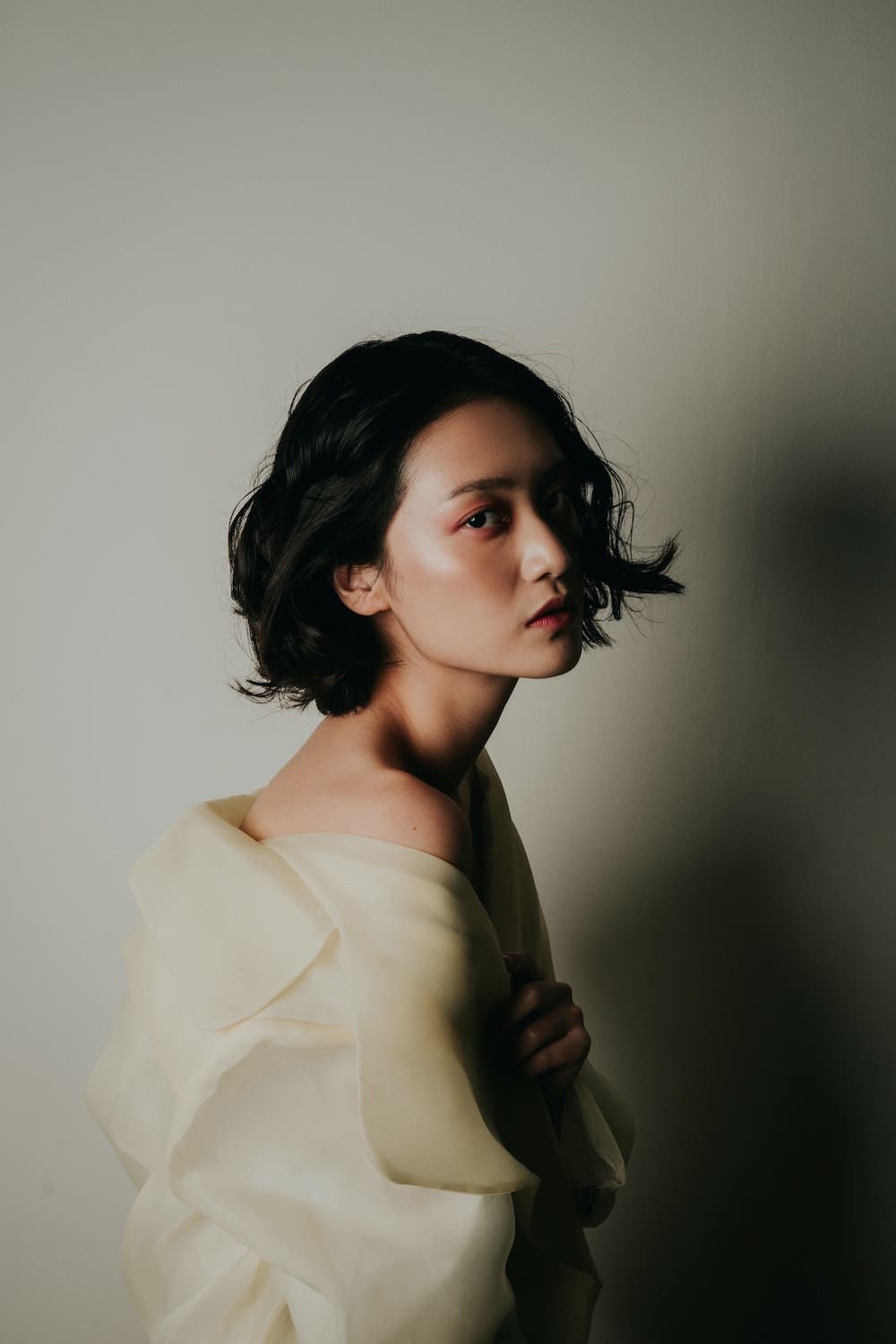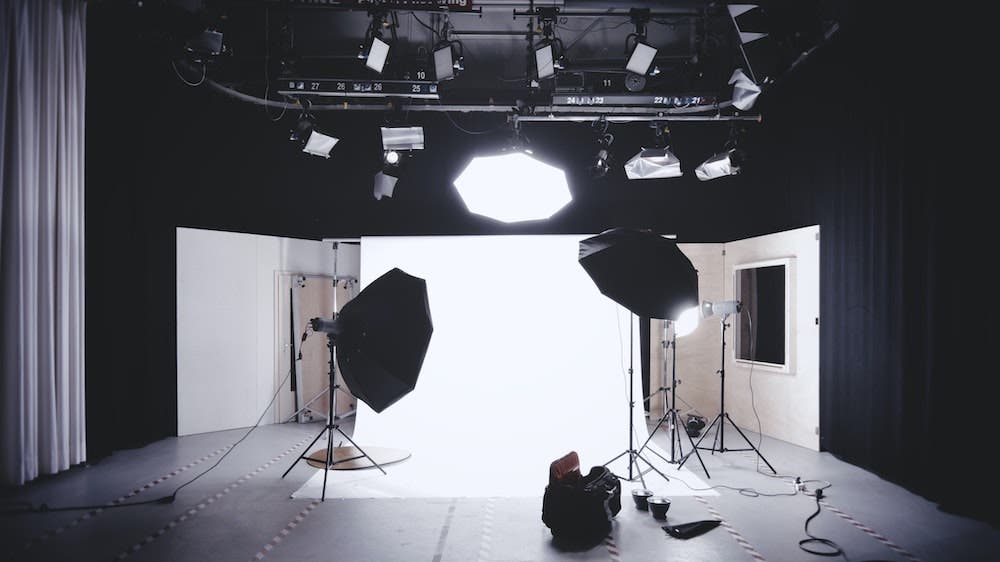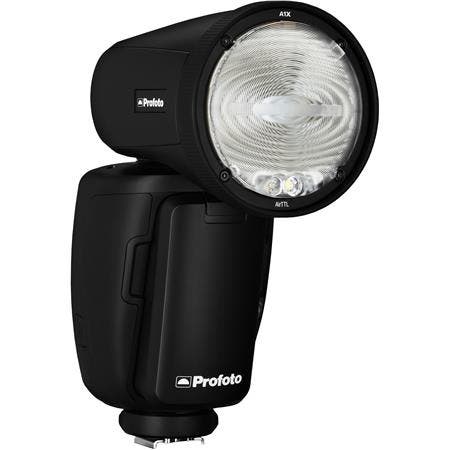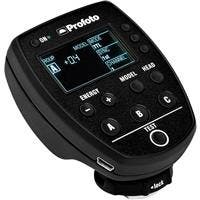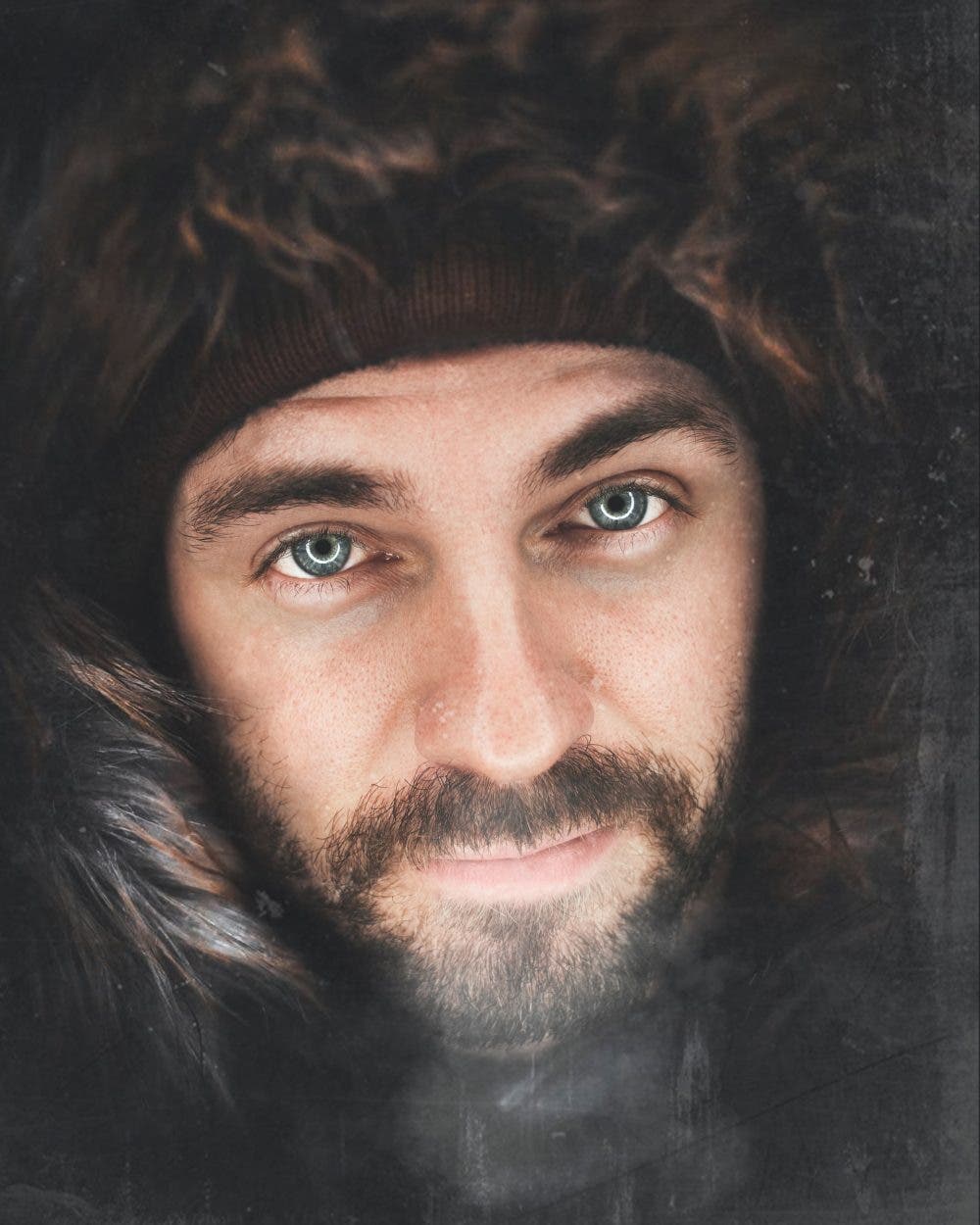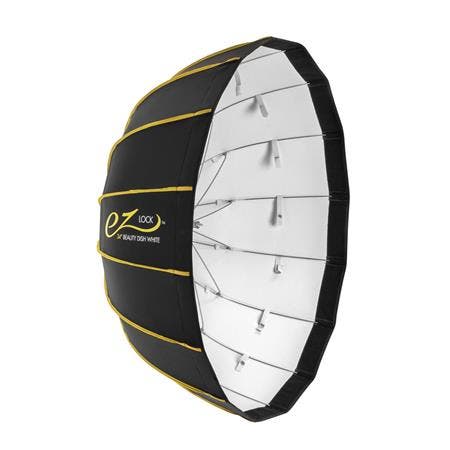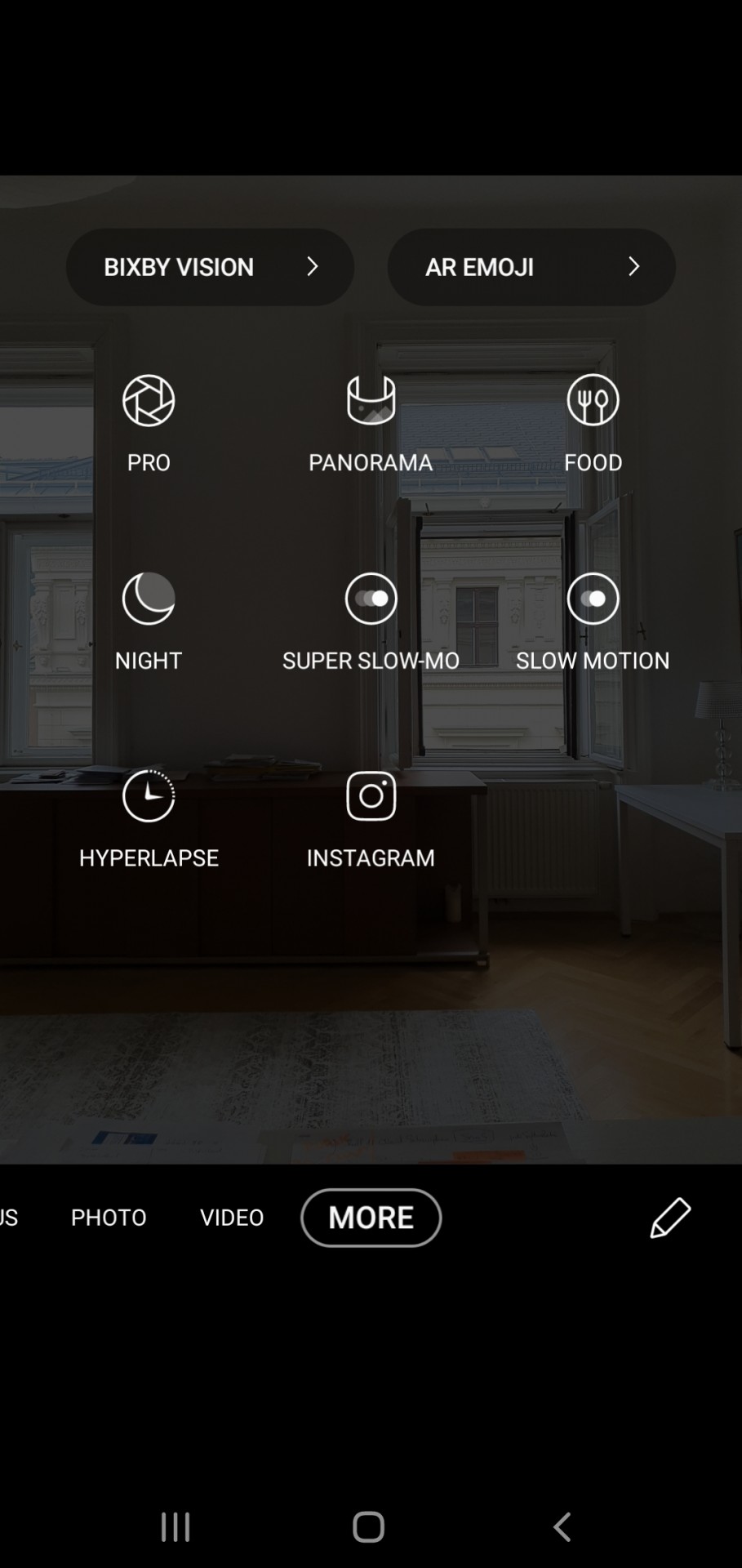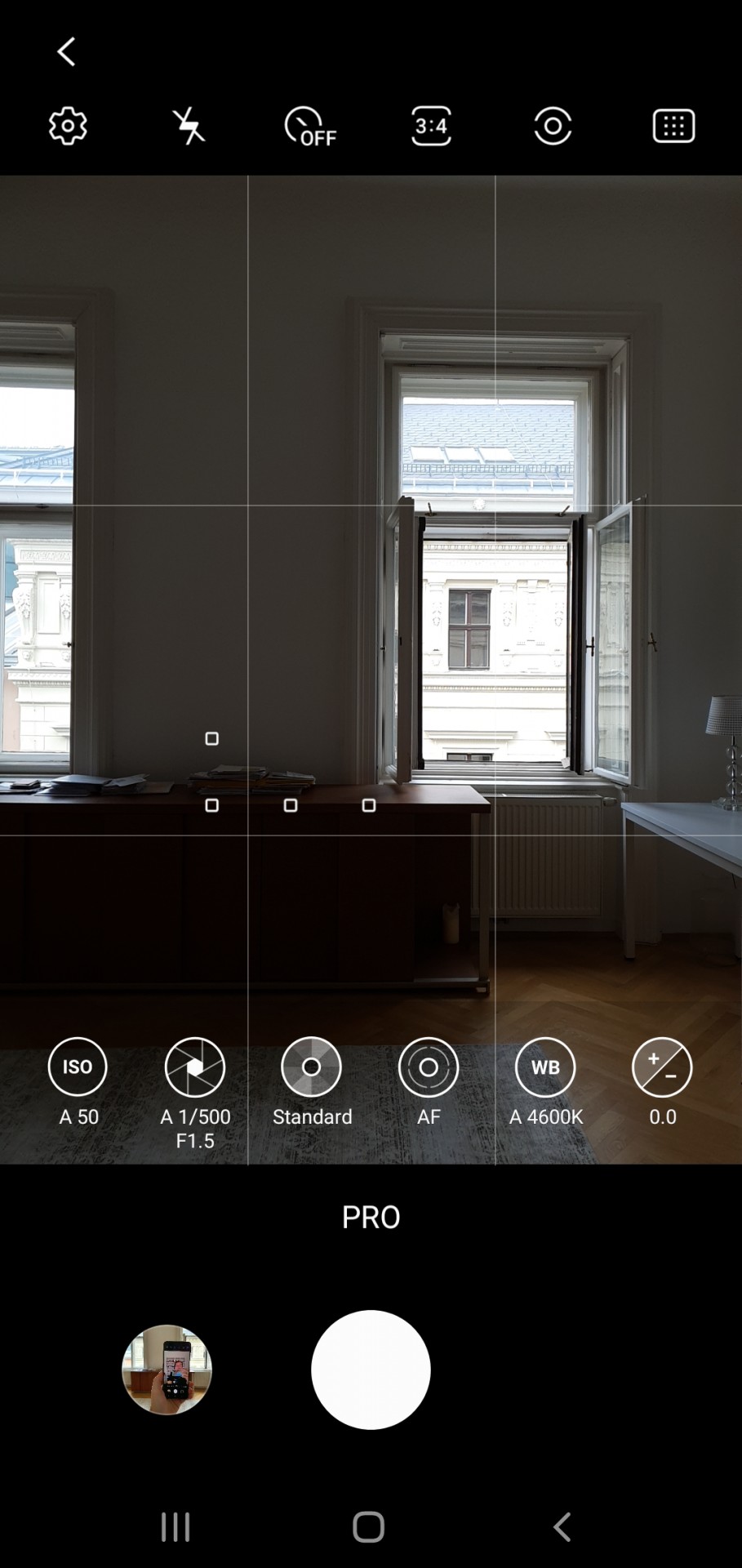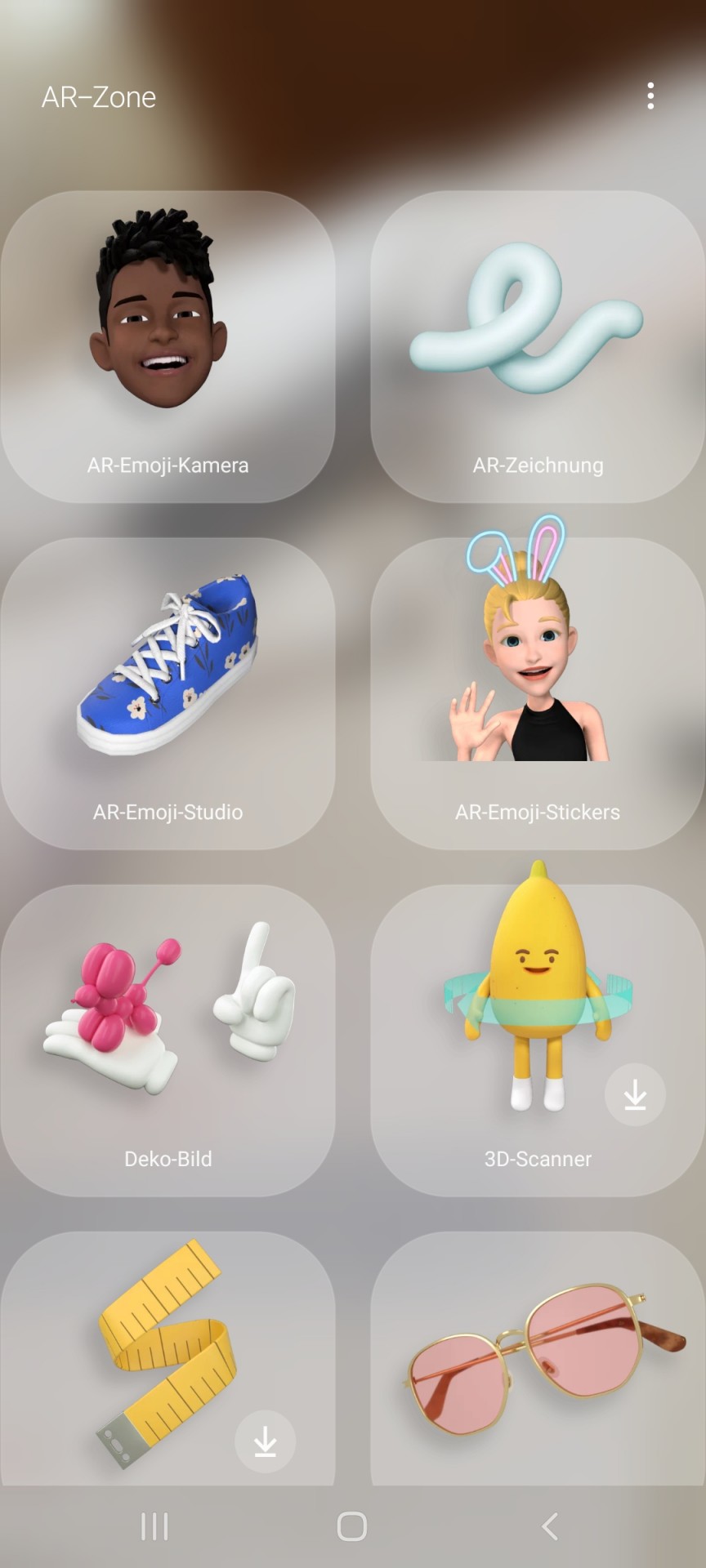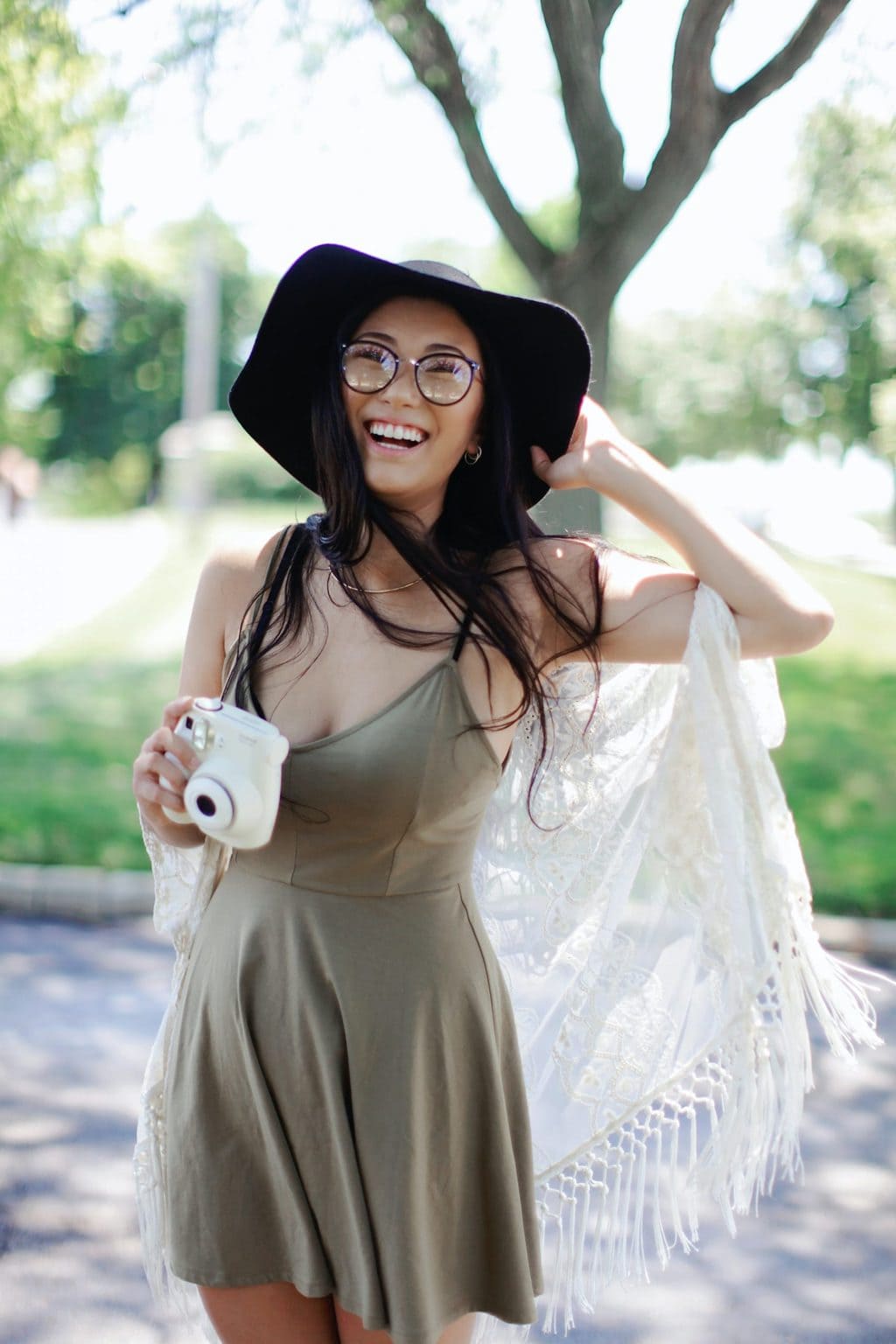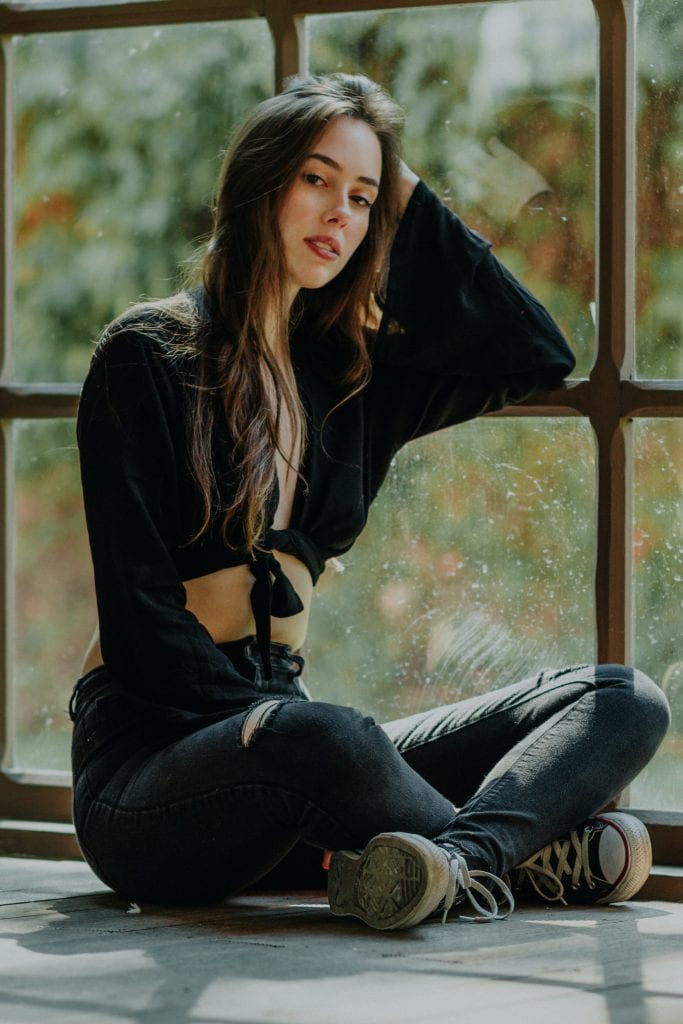To understand the importance of your Amazon product images, stop and imagine a world where they don’t exist. No matter how well you wax poetic about your product, customers still wouldn’t truly know what to expect and would understandably be apprehensive about buying. Convincing people to purchase something that they can’t see for themselves is awfully difficult — and the reason why product photos thankfully do exist.
Clear, high-quality product photos show potential customers exactly what they’ll be receiving so they can purchase with confidence. And not only are your images instrumental in driving sales, they’re also a key component in improving your click-through rate, reducing returns, and curbing negative reviews.
However, it shouldn’t come as a surprise that certain rules will apply. Here are the Amazon image requirements you need to know plus some best practice tips to help your photos convert.
Amazon began making images viewable from the search results page in early 2022. Shoppers can now scroll through your product photos without clicking into your listing.
Amazon also started beta testing shareable product images on desktop browsers, making it absolutely imperative that you have helpful, high-quality images that will appeal to shoppers.
Amazon Image Requirements for Product Photos
According to the Amazon product image guidelines, every detail page on the Amazon marketplace is required to include at least one product image.
Depending on your product category, you may upload up to nine images to your Amazon listing, but reserving one of those spots for a product video is highly recommended.
In June 2023, Amazon made product videos available to brand-registered and non-brand-registered sellers, with the caveat that you must have been selling on the platform for at least three months.
Also, note that only the first seven images will be shown on the live listing; shoppers will have to click into the gallery to see the rest.
To create a consistent—and attractive—shopping experience and make it easier for customers to evaluate products, all of the photos that appear on the site must follow specific Amazon image requirements.
Amazon Photo Requirements
The following are Amazon’s site standards for all product images:
- Images must accurately represent the item listed for sale and match the product title provided.
- The product must fill at least 85% of the image.
- Images must be in focus, professionally lit and photographed or scanned with realistic color; no pixelation or jagged edges should be visible.
- Images can’t contain nudity or be considered sexually suggestive; leotards, underwear, and swimwear for kids and babies shouldn’t be shown on human models.
- Images can’t display Amazon logos or trademarks or something that can be confused as one; this includes words and logos with the terms “Amazon,” “Prime,” “Alexa,” or the Amazon Smile design.
- Images must not include any badges used on Amazon or anything that can be confused as one; this includes the terms “Amazon’s Choice,” “Premium Choice,” “Amazon Alexa,” “Works with Amazon Alexa,” “Best Seller,” or “Top Seller.”
A key rule to highlight involves your Amazon image size. The smallest your file can be for the site is 500px, but if you want customers to be able to zoom in on your images, they must be at least 1000px, with the optimal size being 1600px or larger on the longest side, not to exceed 10,000px. Zoom has been shown to increase conversions, so enabling this feature is highly recommended.
Amazon Main Image Requirements

Your main image, or hero image, is the first image that appears on your product detail page and the one shown to customers in search. It can also appear in Google’s search results. Getting this one right can be a huge boost to your bottom line.
Amazon shoppers have no shortage of products to choose from, so you want your main image to stand out by looking professional and making it abundantly clear what is being offered. If there’s any question on this, or if the image quality is poor, people will simply continue scrolling and go to other pages instead.
Since the main image is so important to the shopping experience, there are certain Amazon photo standards to follow for main images as well.
Amazon Main Image Requirements
The following are Amazon’s site standards for all main product images:
- Main images must have a pure white background with RGB color values of 255, 255, 255.
- Main images must be professional photographs of the product being sold; no graphics, drawings, illustrations, mockups, or placeholders are allowed.
- Props or accessories that aren’t included with the item shouldn’t be used.
- Text, logos, borders, color blocks, watermarks, or other graphics placed over the product or in the background may not be used.
- Multiple views of the same product are not allowed.
- The entire product must be shown in the frame; images shouldn’t touch or be cut off by the edge of the frame, with the exception of jewelry.
- Books, music, and video/DVD main images should be displayed as the front cover art and fill 100% of the frame.
- Products must be shown outside of their packaging; boxes, bags, and cases shouldn’t appear in the main image unless they’re considered an important product feature.
- No human models who are sitting, kneeling, leaning, or lying down can appear in the main image; however, models expressing various physical mobilities with assistive technology (wheelchairs, prosthetics, etc.) are permitted.
- Multi-pack apparel items and accessories must be photographed flat and off of the model.
- Clothing accessories shouldn’t show any part of a mannequin, regardless of whether it’s clear, flesh-toned, etc.
- Men’s and women’s clothing must show the product on a human model, not a mannequin.
- Kids and baby clothing must be photographed flat and off of the model.
- Shoes need to be photographed facing left at a 45-degree angle; only a single shoe should be shown.
As you can see, some categories (like clothing in particular) have extra image standards, so be sure to consult your category style guide as well.
Lifestyles, Infographics, and Other Secondary Images
Your remaining images should continue to help sell your product by highlighting its top features and benefits. Show the product in use or in a relevant environment, and incorporate different angles of view so customers can virtually pick up the item and inspect it like they would in an actual store. Props, backgrounds, text, graphics, logos, and close-ups are all permitted in your additional “other view” images, so this is your chance to get creative and build your branding.
Lifestyle images are photographs that show the product in action. These styled shots can involve sets, models, and/or props and allow shoppers to visualize the product in their own lives and form more of an emotional connection to it.
Infographics combine text and images to give more information about the product while also visually representing what is written. Infographics are great for educating your customers in a more engaging way.
But good secondary images shouldn’t be all glitz and glamour — you also want them to relay the practical information shoppers are looking for, such as the product’s size, material, and color (this is where close-ups of product features and enabling for zoom can really be helpful!). Size charts and comparison photos can also be very effective for increasing conversions, as are graphics demonstrating proper usage and/or assembly instructions.
What if Amazon is Not Showing All of My Images?
When you add product images on Amazon, they must also meet certain technical specifications:
- JPEG (.jpg or .jpeg), TIFF (.tif or .tiff), PNG (.png), or GIF (.gif) file formats. JPEG is preferred.
- Image pixel dimensions of at least 1000 or larger in either height or width preferred.
- sRGB or CMYK color mode.
- File names must consist of the product identifier (Amazon ASIN, 13-digit ISBN, EAN, JAN, or UPC) followed by a period and the appropriate file extension. No spaces, dashes, or additional characters are allowed in the file name.
Files that don’t meet these technical specifications and the Amazon image requirements either won’t be uploaded or may be removed after upload.
Product listings can also be removed from search until a compliant image is provided. If you’re not seeing all of your images, chances are something is in violation. The Image Issues page in Seller Central is a great resource if you run into any trouble.
5 Amazon Product Photography Tips
Keep these five Amazon product photography tips in mind when creating your images.
1) Show Your Product in the Best Light
While this is also true figuratively speaking, we mean this quite literally here. Professional lighting makes all the difference in your product photos. The sharpness it provides creates intrigue and makes it easier for customers to examine the finer details of the item. Dark, shadowy photos look dull and give your product a low-quality feel, even if that isn’t the case.
2) Try Split Testing
When your product photos have the power to make or break a sale, you want to make sure they’re the best they can possibly be. But choosing the ones that resonate the most with consumers doesn’t have to come down to the luck of the draw — split testing, or A/B testing, different versions of your images with your intended target market can help make sure your photos are set up to succeed.
Amazon has split testing tools available, and you can also turn to external polling platforms like PickFu to get key feedback from real people in a matter of hours instead of days.
3) Optimize Your Images for Mobile
In 2021, Amazon’s shopping app averaged 98 million mobile users per month. That’s a massive audience that you may be failing to reach if your images (and listing content) aren’t optimized for mobile.
When shoppers visit your listing on a mobile device, the only content immediately visible is your product title and images. The bullet points and description are located a lot farther down the page, so most people are relying on your images for this information instead of scrolling down to find those sections.
Including key product details in your images can help increase conversion for mobile users. Something else to think about is your image size. Images should be clear on all devices, but since they’re naturally smaller on a mobile screen, you’ll want to make sure your product can still be viewed properly. This is especially true for your main image which serves as the biggest attention grabber when shoppers are scrolling.
4) Make Adjustments as Needed
Your images really aren’t meant to last forever. That doesn’t mean you should swap them out every single week, but you should keep them updated with the times (especially if you have lifestyle photos) and use them to react to customer reviews that could be impacting sales.
For example, maybe you received several negative reviews claiming that your product doesn’t work when, upon further investigation, it actually came down to user error. In this case, you may want to devote more than one image to proper usage and assembly to stem the flow of negative reviews and better educate potential customers about your product.
5) Invest in Your Images
When it comes to your product photos, you can hire a professional photographer or take them yourself. If you’re just starting out or are on a tight budget, it’s entirely possible to shoot and edit professional-quality photos with a DSLR camera or even your cell phone, but you’ll still need some extra props to get them up to standards. Check your local camera store (or Amazon!) for a tripod, white backdrop, light kits, and more.
However, an investment into professional Amazon product photography will almost certainly pay for itself over time. Great product photography takes a significant amount of time and effort, not to mention skill. Most people don’t have the knowledge (the innumerable Photoshop fails on Amazon are proof of this fact) or resources to get it done the right way. And as an Amazon seller, you want your brand and products held to a higher standard so you can enjoy the sales that go along with it.
Turn Browsers into Buyers with Better Amazon Photos Today
The saying “a picture is worth a thousand words” is an old adage that’s used time (and time) again because it still remains true—maybe even more so in today’s technology-driven world. We’re very visual creatures, and our attention spans have only gotten shorter. Use this to your advantage and create quality images that not only support your listing content but have the ability to convert the large number of shoppers who most likely won’t be reading your listing text.
Images that are informative, eye-catching, and in line with Amazon photo standards will contribute to the success of your product and Amazon business as a whole.












